PDF chapter test TRY NOW
All living organisms require food as it provides carbohydrates, proteins, fats, vitamins and minerals. Food supplies energy that is necessary for body growth, development and repair. Plants and animals provide living organisms with food. Food is thus obtained from agriculture as well as animal husbandry.
To meet the demands of the rising population, the requirement of food increased. The agricultural land in India is limited as it is already intensively cultivated. Thus, the production efficiency of animals and plants needs to be improved in India.
Scientists have put in some effort to meet the increasing food demands. These efforts caused revolutions:
- Green revolution - the introduction of modern equipment and technology, usage of fertilisers, and high-quality seeds to increase the production of food grains.
- White revolution - increased production of milk through the introduction of dairy development programs.
- Blue revolution - increased production of fish and other marine products.
- Yellow revolution - increased production of edible oil seeds.
The introduction of the revolutions caused increased use of the natural resources (land, soil, water, fossil fuels) that caused damage to the ecological balance. Thus, sustainable methods without damaging and degrading the environment is needed to increase the yield of crops and livestock.
Agricultural practice that meets and satisfies the current human needs, without compromising the future generations (both environment and natural resources) is termed as sustainable agriculture.
The need for sustainable agriculture is thus of prime importance.
Crops:
Crops are the plants that are grown by farmers in a larger area for food or other uses.
The cereal crops like rice, wheat, maize, sorghum, barley and the millets provide carbohydrates for energy.
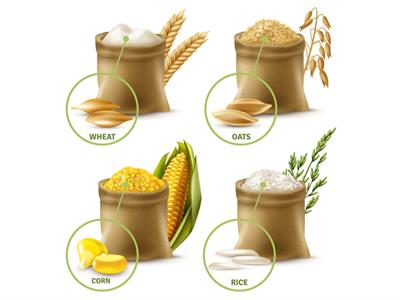
Cereals
The pulseslike gram (chana), peas (matar), black gram (urad), green gram (moong), pigeon pea (arhar), lentils (masoor) provide proteins.
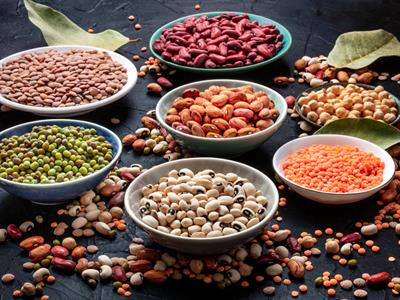
Pulses
The oilseedslike the groundnut, sesame, soyabean, mustard, castor, linseed, and sunflower provide the fat.
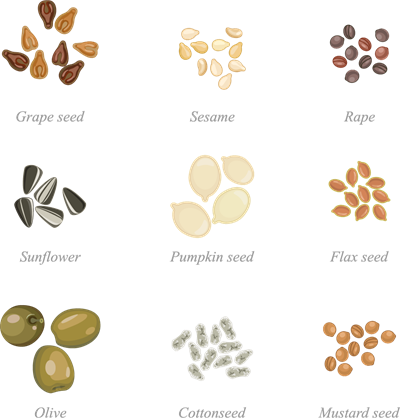
Oilseeds
The fruits, vegetables, and spices provide various vitamins, minerals and traces of carbohydrates, proteins and fats.
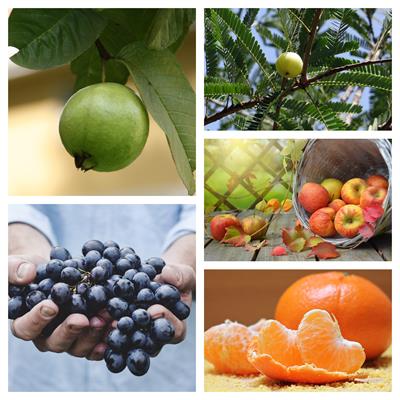
Fruits
In addition to the food crops, fodder crops like oats, berseem, sudangrass are grown and cultivated
for the livestock.
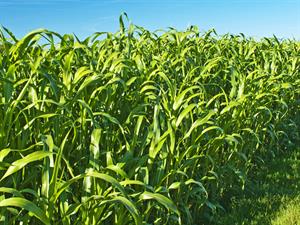
Sudangrass
